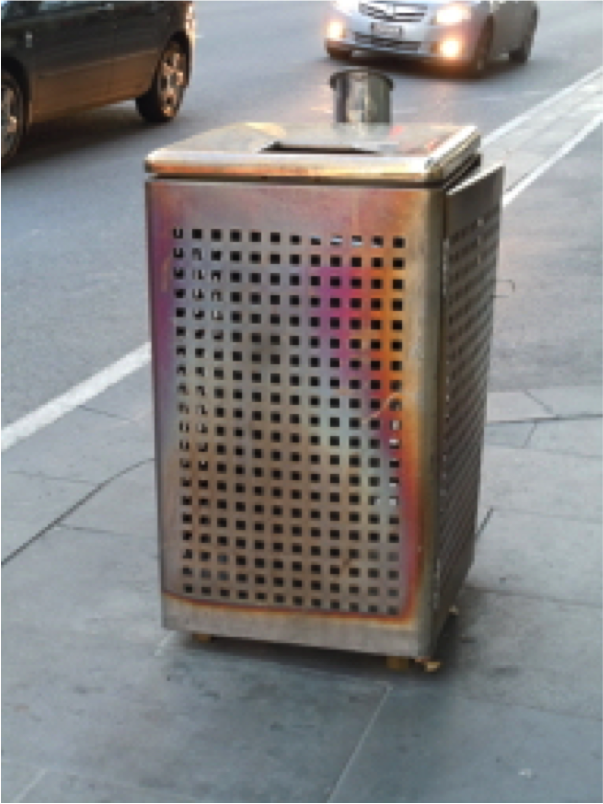When considering painting stainless steel, the initial question arises: why paint it in the first place?
If the design choice is simply about colour or aesthetic purposes and the product form has a smooth surface (i.e. sheet or round products), using factory-supplied coloured stock attached with fasteners might be the preferable option. This construction method is commonly used for non-contact areas such as walls or facades, as exemplified in ASSDA FAQ 12: Coloured and patterned stainless steel.
Similarly, in new constructions, there are often reflectance limits to consider. While highly polished stainless steels offer extreme reflectivity, embossed surfaces, like the




















